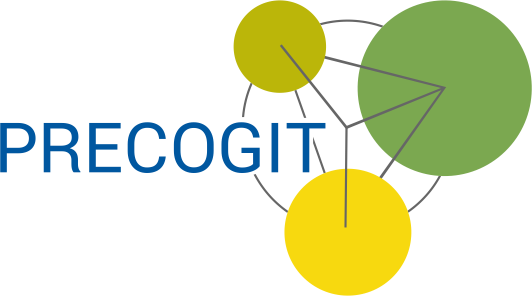In my previous articles, the term “standard” has often been mentioned. Standards are often used to deal with the proliferation of historically grown isolated solutions, customised special functions and/or project-specific interfaces. Therefore, today I would like to deal with what constitutes a standard.
For a first approach to the term, a look at Wikipedia is a good idea, where “standard is defined as follows:
A standard is a comparatively uniform or unified, widely accepted and usually applied (or at least aspired to) way of describing, producing or performing something that has prevailed over other ways or is at least regarded as a guide.
From < https://de.wikipedia.org/wiki/Standard>
Standard” must therefore be distinguished from “norm”. Standards are “recognised, generally applicable and published rules for regulating an issue that have been adopted in a standardisation procedure” (source: Wikipedia Standard). A standard therefore always passes through all the stages of a defined standardisation procedure before it is recognised, adopted and published. Standards are thus technically mature and the benefit for the user is obvious. Standards, on the other hand, may be developed in a formalised procedure or set of rules, but they can just as well emerge unstructured or even arise unplanned.
In the technical context, the following types of standards are distinguished:
Manufacturer-specific standards
Industry standards
Open standards
A manufacturer-specific standard, as the name suggests, is defined by a company for itself and its customers. The aim is to ensure a certain continuity, e.g. over different versions or variants of a product in its life cycle. Examples from our everyday life are the SDS drill bit from Bosch, the file formats of the Microsoft Office family or the Portable Document Format (PDF) from Adobe. The better the market penetration of these products, the greater the probability that these standards will also be supported by other companies.
As soon as several market participants (providers and users) get together and jointly define a standard in order to jointly create a set of rules with a pragmatic objective, this is called an industry standard. Adobe, for example, transferred the PDF format, which has been developed and used since 1993, to the PDF Association in 2006, in which a large number of members have been working on the standardisation of the PDF format ever since.
One example from the brewing and beverage industry is the Weihenstephaner Standards. These are discussed and decided independently and pre-competitively in an industry user group under the leadership of the TU Munich/Weihenstephan. The origins lay in the early 2000s in the definition of a communication interface for the standardised transmission of machine data in the filling and packaging sector between machines and higher-level IT systems. In the meantime, the Weihenstephan Standards (WS) cover various domains (WS Pack, WS Food, WS Brew, WS Bake, WS Sweets) and have thus also expanded the spectrum, e.g. to include process data. For the various domains, they include MES functionalities in addition to the data points and thus form a basis for functional tenders to IT systems.
Meanwhile, the Weihenstephan standards for communication are fully based on the OPC UA standard. This is intended to meet the requirements of a modern IoT environment, especially since the OPC-UA standard is an open standard that is maintained and further developed by the OPC Foundation. “Open standards are standards that are particularly easy for all market participants to access, develop and use. Every standard must be somewhat open in order to be able to function as a standard at all. In this respect, one could consider the attribute open to be redundant. However, there is often a regulatory interest in defining particular openness requirements that an eligible standard should meet and, accordingly, in designating as open only those standards that meet these requirements.” < https://de.wikipedia.org/wiki/Offener_Standard>
This is to ensure that, especially in the case of OPC-UA, a secure, platform-independent, scalable, vendor-interoperable, object-oriented standard with comprehensive information modelling is provided.
According to the requirements of the OPC Foundations, the specifications of the Weihenstephan standards were defined in a separate Companion Specification (CS) and reviewed and approved by the OPC Foundation.
The Companion Specification OPC UA for Weihenstephan Standards (40600) can be found here (https://reference.opcfoundation.org/v104/Weihenstephan/v100/docs/#4.1.5). The CS is also available as VDMA standard sheet 40600 here (https://www.vdma.org/viewer/-/v2article/render/4775357).
Within the framework of a layer model, it has been possible to integrate the previous domains with over 150 different machine profiles and at the same time reduce the complexity. Details can be found on the homepage of the Weihenstephan standards.

